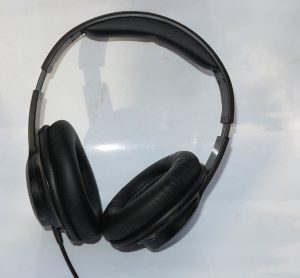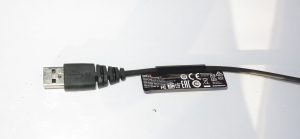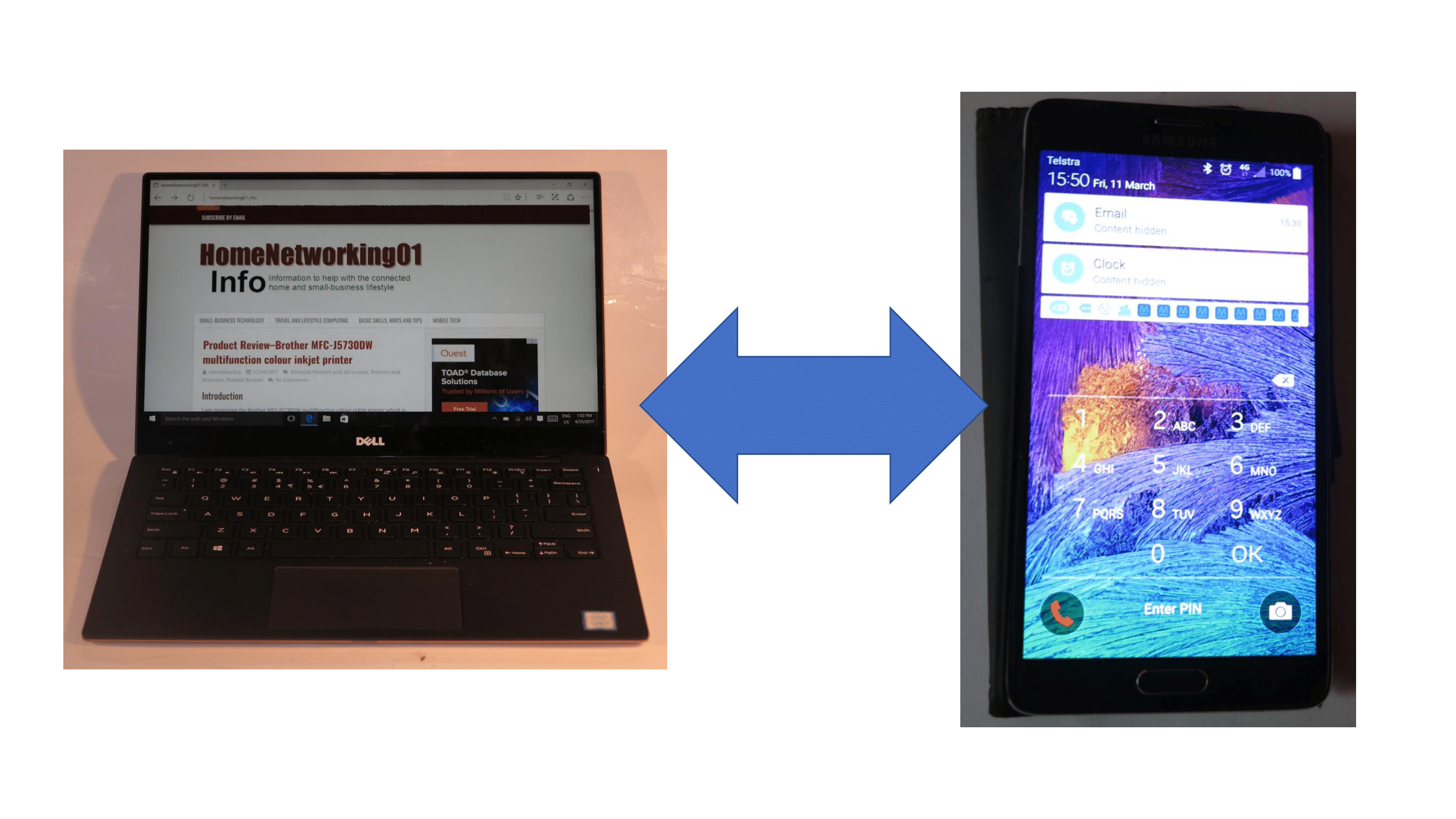Articles

Feature headphones with digital functionality will be using UAC as an accessory-side connector for widest compatibility
Relax, Apple isn’t introducing another new connector | The Verge
Apple’s Ultra Accessory Connector dashes any hopes of a USB-C iPhone | The Verge
Apple plans new smaller Ultra Accessory Connector (UAC) for Made-for-iPhone accessories | 9 To 5 Mac
What is UAC? Apple’s new ‘Made for iPhone’ accessory and port explained | Trusted Reviews
My Comments
If you have owned a Nikon digital camera, you may have dealt with the Ultra Accessory Connector (UAC) as a method to tether your camera to your computer for, perhaps, downloading. This would typically be facilitated using a USB to UAC cable that came in the box with your camera.
Apple is resurrecting this connector as part of its MFi (Made For iOS) accessories program for iOS devices. There was a lot of confusion in the computing press regarding this connector because it could be about a different socket existing on a subsequent iPhone or iPad, or devices and accessories not working unless “you get with the program” – be part of the Apple ecosystem.
But the Ultra Accessory Connector is about how its use as an intermediary or accessory-side connector on a pair of headphones. It is being called on because an increasing number of newer smartphones and ultraportable laptops won’t be equipped with the traditional 3.5mm headset jack where you can connect a wired headset.
There is also the same appeal where headphones will have integral digital-analogue audio circuitry and there has to he a way to connect these to your smartphone if you are going the “wired” path. It is something very familiar to those of us who use a USB headset with our computers or a Bluetooth headset or audio adaptor with our smartphones. Here, manufacturers will see better digital-analogue circuitry and / or sound-processing technology such as microphone arrays, accessory-side sound-tuning and active noise cancellation as a way to differentiate their product ranges more effectively and innovate their products.

It will still be feasible to keep a level playing field for headphones that use USB or other wired digital links.
The approach that is being pushed here is for a headset or pair of headphones to have the UAC connection as an accessory-side connection. Typically this will be as a “lump” on the headphone cable like what is used for remote control or a microphone, which comes apart. On the other hand, the most probable implementation for a pair of traditionally-styled “cans” would be a socket installed on one of the earcups similar to what happens for detachable-cord implementations. The headset would then be supplied with one or more application-specific connection cables that have a UAC-connector on the accessory side and the appropriate connector (Apple Lightning, USB-A, USB-C or 3.5mm phone plug) on the equipment side. There is also a goal to have such cables also available through the aftermarket thanks to accessory suppliers like Belkin.
The UAC connection is meant to facilitate a digital connection that works with USB or Apple Lightning norms along with the standard stereo analogue connection. Here, it means that an accessory cable can exist which has the traditional 3.5mm phone plug on it to allow use with equipment that still maintains this connection. This includes still being able to use the 6.35mm headphone jack adaptor to connect your headpbones to hi-fi equipment or the two-pin airline adaptor to plug in to your aeroplane seat’s in-flight-entertainment connection. It also encompasses the goal with the Apple Lightning and USB-C standards to provide analogue pass-through from equipment-side digital-analogue circuitry to cater for the cheaper headset designs.
In the digital context, this can mean that the sound processing circuitry can present itself to Apple’s iOS devices or “open-frame” USB Audio implementations properly as the equipment expects. Apple still sees this as being important because their newer MacBook laptops are being equipped just with USB-C connections and MacOS is still providing class-driver support for USB-Audio devices. But most other regular-computer and mobile operating systems are providing a similar level of support for USB Audio.
But what needs to happen in both camps is for proper operating-system-level support for audio input and output in both the communications and multimedia contexts, along with accessory-side remote control for call management, media transport control and volume control at least. It may also include the ability to use a basic display on the accessory to show information like current time, incoming calls and messages and media-play details, something that can earn its keep with in-line remote-control accessories.
The UAC connection type can lead to the idea of “feature modules” or “enhancement modules” that add extra functionality to or improve the sound quality of existing UAC headphones. For example, they could offer:
- a highly-strung DAC circuit as an upgrade path for better sound quality with premium headphones;
- a Bluetooth adaptor to add Bluetooth wireless functionality to a set of existing wired “cans”;
- an advanced remote control with display so you can keep your device in your pocket;
- or an extended-power module which allows you to use external battery packs to obtain long operating times out of your smartphone and advanced headset.
What the UAC connector that Apple is pushing for is the ability to headset manufacturers to continue to work on feature headsets that can work across all of the computing platforms. As well, I also see the UAC connector as a pathway to innovation because manufacturers will be encouraged to work on features that work across all phone platforms. This is more so as we invest in the premium headsets to go with our smartphones and computers so we can listen to music or watch those videos while we are on the train.


